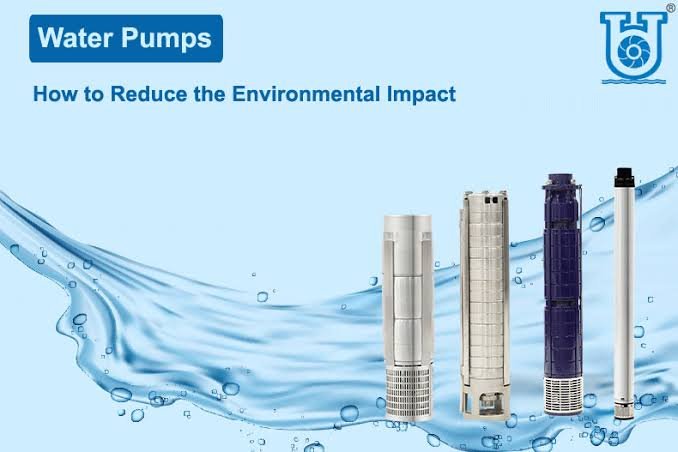Energy Efficiency in Water Pumps: Optimizing Performance and Reducing Environmental Impact
Businesses of all stripes made energy efficiency upgrades due to increased global awareness of environmental issues and the cost of electricity. Similarly crucial to the management and distribution of water are water pumps. This article explores the importance of energy efficiency in water pumps, its benefits, and how recent technological advancements have enabled the creation of sturdy, environmentally friendly pumps.
Current State of Energy Efficiency in Water Pumps
Using fossil fuels to power water pumping infrastructure is a major contributor to global warming. Pond pump use excessive energy, whether in the home, the workplace, or the industrial. Improving the efficiency of water pumps is important for several reasons.
- Pumps that utilize less energy throughout their lifetime are more cost-effective. Companies of all sizes can benefit from lowering their energy bills.
- Reduced carbon dioxide emissions are another benefit of using low-energy pumps. Reduced carbon dioxide emissions from energy conservation efforts are helpful in the war on global warming.
- More efficient water pumps that use less fossil fuel are better for the planet. By practicing energy conservation now, we can ensure it will be available to future generations.
Effortless Energy Conservation
Thanks to New Pump Technology, Numerous advancements in water pump design and operation have contributed to the increase in energy efficiency. Notable shifts during the past few decades include:
- The consistent power consumption of standard pumps inspired the creation of VSDs. With variable-speed drives (VSDs), pumps can be run at varying speeds to provide the required throughput with little energy expenditure. Variable speed drives minimize energy loss by regulating pump output to meet varying demands.
- High-efficiency motors are a fantastic way to boost the performance of a hot water heat pump. The innovative design of these motors allows them to save more power than the alternatives. The minimum standards for energy efficiency set by the International Electrotechnical Commission (IEC) are often met or exceeded.
- Pumps with improved volute arrangements and impeller designs provide superior hydraulics. By decreasing friction and improving fluid dynamics, these structures save both energy and water.
- Using sophisticated controls and sensors makes intelligent water pumps a reality in today’s modern world. These high-tech controls may drastically cut energy waste without lowering productivity by constantly monitoring the environment and modifying the pump output as needed.
Energy Efficiency Ratings and Certifications:
The energy efficiency of water pumps is rated and certified, making it easier for shoppers to make informed decisions. Some common misconceptions are as follows:
- Water pumps that go above and above to conserve energy receive the Energy Star label. It has been verified that Energy Star-labeled pumps reduce utility costs more than their non-certified counterparts.
- In common practice, pumps are given ratings based on their MEI scores. Total pump efficiency is calculated and compared to the efficiency of other pumps of the same type. Pumps that use less energy to do their job will save money on utility bills.
Maintenance and Best Practices for Energy Efficiency
The following methods and best practices are crucial for optimizing energy efficiency of water pumps.
- The pump must have the exact parameters needed by the system. Pumps that are too big or too small are wasteful and unproductive.
- Maintaining a pump’s efficacy requires routine maintenance, including cleaning and lubrication. Seals, bearings, and impellers must be inspected regularly for signs of wear and tear if peak performance is to be maintained.
- Monitoring systems allow for real-time assessment of pump performance. Constantly tracking metrics like flow rate, pressure, and energy usage can help spot changes and inefficiencies at their earliest stages.
- Changes to the water distribution system can increase pump efficiency and decrease energy use.
Conclusion
Reduce your carbon footprint and your monthly electricity bill with the help of energy-efficient water pumps. Affordable and widely accessible energy-efficient pumping choices have resulted from technological advancements such as variable speed drives, high-efficiency motors, improved hydraulic designs, and complicated pump controls. When energy-efficient pumps are utilized with routine maintenance and best practices, efficiency, savings, and longevity can be maximized. Switching to more energy-efficient procedures would be good for the environment and the people who use the pumps.






